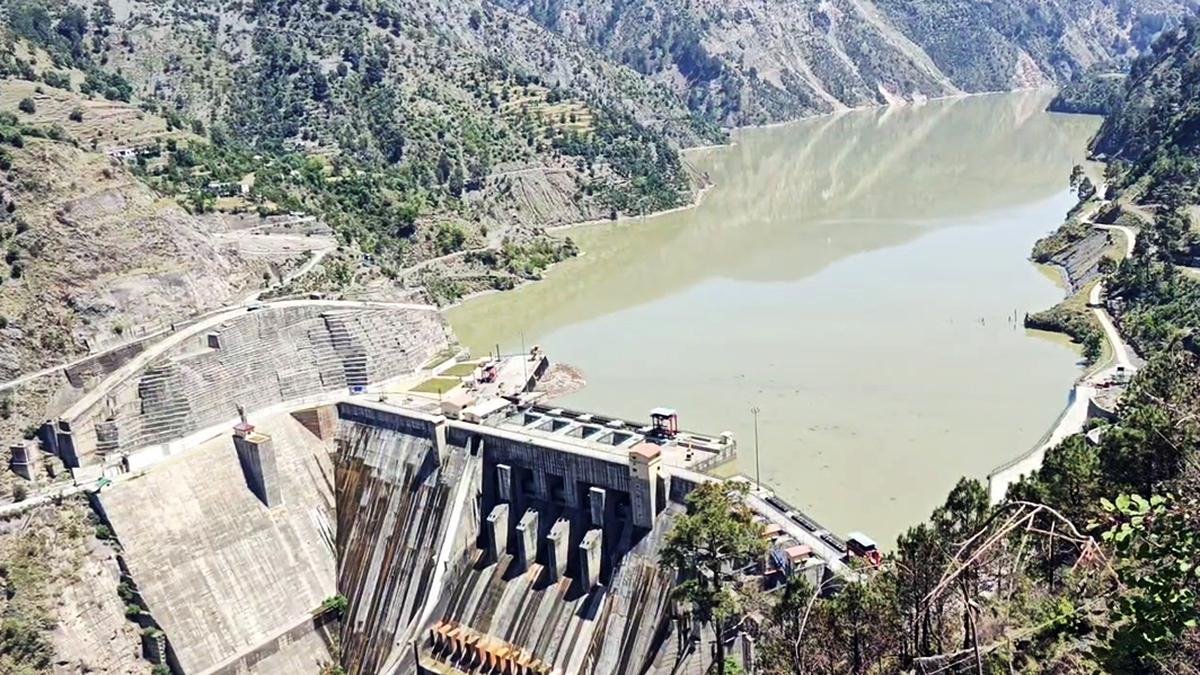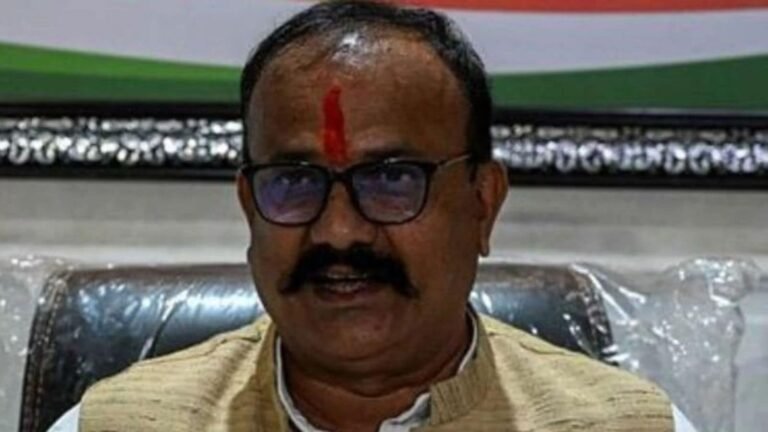
In a strong measure against Pakistan, after terrorists from The Resistance Front killed 26 tourists in Pahalgam in Jammu and Kashmir, India’s Cabinet Committee on Security decided that “the Indus Waters Treaty [IWT] of 1960 will be held in abeyance with immediate effect, until Pakistan credibly and irrevocably abjures its support for cross-border terrorism”. This implicitly means an end to the water treaty, signed in 1960. There is no exit clause and provision in the IWT for unilateral abrogation. Article XII (4) of the IWT states that the treaty “shall continue in force until terminated by a duly ratified treaty concluded for that purpose between the two governments”.
Many Indian analysts often argue that the provisions under Articles 60 and 62 of the Vienna Convention on the Law of Treaties (VCLT) can be used to revoke the treaty. India is not a party to the VCLT; Pakistan has signed but not ratified it. Invoking provisions under Article 62 of the VCLT on the IWT is convenient, but tough to argue. Suspending the IWT may also internationalise the water matter between the two hostile countries. Aqeel Malik, the Minister of State for Law and Justice in Pakistan, told Reuters that there are three different legal options, including raising the issue at the World Bank, taking action at the Permanent Court of Arbitration or at the International Court of Justice in the Hague alleging that India has violated the 1969 VCLT, or raising the issue at the UN Security Council.
Stopping the flow of water
India can now stop sharing water flow data with Pakistan, flush reservoirs, and there will be no hydro project design or operation-related restrictions on India. It can also hold water during the dry period and release it during the high monsoon, causing drought and floods in Pakistan. The western rivers — Indus, Jhelum and Chenab — are considered the backbone for Pakistan’s agriculture, domestic consumption, and hydroelectricity production.
An impact on the flow of water to Pakistan may further intensify inter-provincial water disputes in the country. Punjab and Sindh have a long history of water fights. Currently, they are arguing over a plan to construct six canals, particularly the Cholistan Canal, to irrigate the deserted Cholistan region in Punjab. Amid protests in Sindh, the federal government of Pakistan decided to halt the contentious canal projects.
To materialise its political decision on the IWT, India requires major infrastructure projects. Under the IWT, India is permitted to store up to 3.60 million acre-feet (MAF) of water, develop 1.34 million acres of irrigation land in J&K and Ladakh, and construct run-of-the-river dams on the western rivers. However, India has a storage capacity of only around 1 MAF and has developed irrigation for about 0.642 million acres. On the eastern rivers — Sutlej, Beas, and Ravi — India utilises more than 90% of its 33 MAF allocated waters, supported by major projects such as the Bhakra, Pong, and Ranjit Sagar dam.
India’s hydroelectric projects on the western rivers, such as the Kishanganga Hydroelectric Project, Ratle Dam, Salal Dam, Nimoo Bazgo, and Baglihar Dam, aim to harness the water resources of the Indus, Jhelum, and Chenab rivers to generate electricity, utilising India’s allocated share of water under the IWT. These projects have varying storage capacities, with Kishanganga at 18.35 million cubic meters, Ratle Dam at 78.71 million cubic meters, Salal Dam at 285 million cubic meters, and Baglihar Dam at 475 million cubic meters. Upcoming and planned projects such as the Ratle Dam, Kiru Dam, and Pakal Dul Dam will further tap into the Chenab River and its tributaries. However, India’s ability to capture and utilise the water flowing into Pakistan is limited by the capacity of these projects. India lacks massive storage infrastructure to hold back large volumes of water during high-flow periods.
While India has launched short, medium-term, and long-term plans to maximise its water share and reduce flows into Pakistan, most western river projects remain run-of-the-river with minimal storage. Given the challenging Himalayan terrain and bureaucratic delays, building the required infrastructure to harness the treaty entitlements could take a decade or longer.
Conclusion
India may justify its position on suspending the IWT. However, if its steps on the IWT do not politically and diplomatically satisfy other neighbouring countries, the suspension may impact New Delhi’s relations with them. For instance, the upper riparian to many Indian rivers, China, may cite the suspension of the IWT in its favour to not renew Memorandum of Understanding on water data sharing or sharing information of hydrostructures on the rivers flowing into India from Tibet. India’s MoU on data sharing with China on the Sutlej and Brahmaputra rivers have expired and, as India’s Ministry of Water Resources website says, is under the process of renewal. Notably, during the Doklam crisis in 2017, China did not share hydro data with India, but shared it with Bangladesh. Second, as India and Bangladesh have agreed to renew the Ganga Water Treaty, set to expire in 2026, India’s decision on the IWT may cast a shadow over it. Currently, India and Bangladesh do not share very close relations. India’s water decisions may even prompt a section of the Nepali population to caution the government on water related and other agreements with New Delhi. A few commentators from Sri Lanka too are talking about “treading” carefully while signing agreements with India.
Amit Ranjan, Research Fellow, Institute of South Asian Studies, National University of Singapore; NabeelaSiddiqui, Assistant Professor, Vinayaka Mission’s Law School, Vinayaka, Missions Research Foundation-Deemed University, Chennai
Published – May 01, 2025 02:05 am IST





